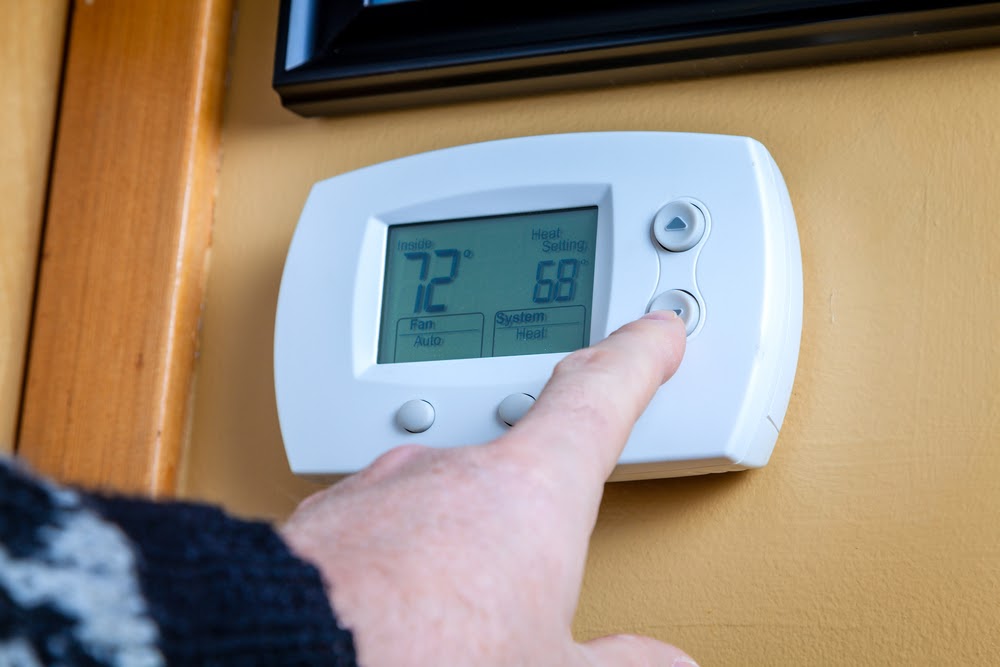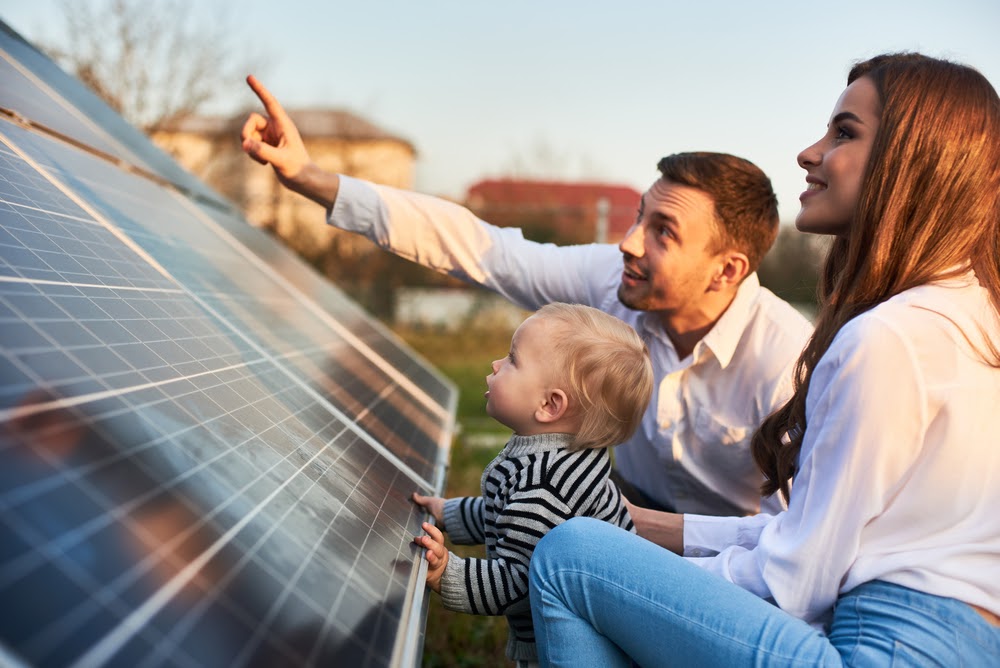Tackle These 10 Energy-Efficient Upgrades!
There are some areas of the home that are simply just energy drains. Heating and cooling account for the majority of the home’s energy use, and bumping the thermostat too high or too low could add more money to the bill and waste energy.
But every room in the home has some potential for energy drains. There are upgrades that homeowners can make to ensure that they don’t waste energy or add to their expenses. Looking to embrace a greener lifestyle and a more eco-friendly home? Tackle these 10 energy-efficient upgrades!
Easy Energy-Efficiency Upgrades
Not all homeowners want to take on expensive projects or upgrades. Some simply don’t have the budget to make more expensive changes to their home. There are many ways to lower energy waste, though, without committing to a serious project or spending a lot of money. Here are five energy-efficiency upgrades almost anyone can handle…for a very low cost:
Cleaning the Refrigerator Coils
Dirty fridge coils means the appliance will work less efficiently. An easy way to upgrade and improve the efficiency of the refrigerator is to clean the coils! Not sure how to clean the coils? Bob Vila’s site offers a step-by-step guide. This is easy, and it’s something that will keep the fridge working much more effectively.
Change out the HVAC Air Filter
Heating and cooling accounts for nearly half of the home’s energy costs each month. One way to ensure that the air conditioner and the furnace isn’t working harder than it needs to work is by regularly switching out the air filter.
Air filters should be replaced every 90 days (or three months), but some homeowners might need to swap out the filter sooner. Pets could cause debris to build up in the filter more frequently. Every HVAC system may have unique measurement specifications for the air filter, and homeowners need to know these measurements before shopping for a new filter.
A dirty air filter might lead to the air flowing less efficiently. Homeowners may notice that the air flows from vents easier with a clean filter.
Insulating Windows
Adding plastic cling insulation film over windows can help add more protection against the cold outdoors. These films can be purchased from local home improvement stores. And, yes, they are fairly easy to apply.

Check the Thermostat
The easiest energy efficiency upgrade that requires zero effort is to simply adjust the thermostat for the heating and cooling system. Turning the temperature up a few degrees during summer months and down a few degrees during winter could save energy…and shave money off the bill!
The recommended thermostat temperatures are 68 degrees in the winter and 78 degrees during summer. In addition, homeowners also may be able to control their thermostat from their phones using an app. This option may be offered with newer systems.
Using the Internet of Things
There might be debate regarding how much energy homeowners can save using the Internet of Things, but smart plugs and smart powerstrips can allow homeowners to operate devices and appliances via phones or using smart assistants.
The convenience of the Internet of Things means that homeowners can make adjustments via a phone or just by using voice control. Lights that have been left on may be able to be switched off remotely; in this way, homeowners may be able to take control of energy waste.

More Expensive Energy Efficiency Projects
There are a few more energy efficiency projects that may involve a bit more work and/or investment cost. Not all homeowners are up for these DIY tasks, but those who are confident may be able to decrease their energy costs and save more money.
Energy-Efficiency Appliances
Looking to save money on the costs of operating appliances? Upgrade to energy-efficient options. If the fridge or HVAC has hit the end of its life, homeowners can research the cost of upgrading to an energy-efficient option.
While the investment cost could be a bit more expensive, these appliances can help homeowners save money over time. Visit ENERGY STAR to find energy efficiency appliances for the home!
Solar Power
Installing solar panels to save money on electricity could be a more extensive—and expensive—project. However, solar panels mean that the home can run via the power of the sun…and not the power of electricity. Solar panels may be expensive to install, but they also could save homeowners a decent amount of money over the life of those panels.
To offset the cost, rebates could be available.
Upgraded Insulation
A poorly insulated home will cost more to heat and cool. When homeowners realize that they need to upgrade the insulation of their home, they can choose from different types of insulation materials. The most energy efficient material for home insulation, though, is spray foam insulation.
The U.S. The Department of Energy explains that while this is a more expensive option, the insulation material also has a high R- value.
Low-Flow Faucets and Showerheads
Don’t want to waste water? Homeowners can opt to install low-flow showerheads and faucets. This project may be a bit more involved, and homeowners also may want to hire a pro to help them. Low-flow toilets also may be part of the home’s energy-efficiency upgrades.
An Energy-Efficient Fireplace
The standard wood-burning fireplace isn’t so energy efficient. In fact, it wastes a lot of energy as heat escapes from the home. Homeowners who love their festive fall or winter fires may elect to upgrade their fireplace to an energy-efficient option.
Energy efficiency upgrades to the home can be nearly free or a bit of an investment. These upgrades, however, can help homeowners decrease the energy drains in their home and save some money on their monthly utility bills, too!


